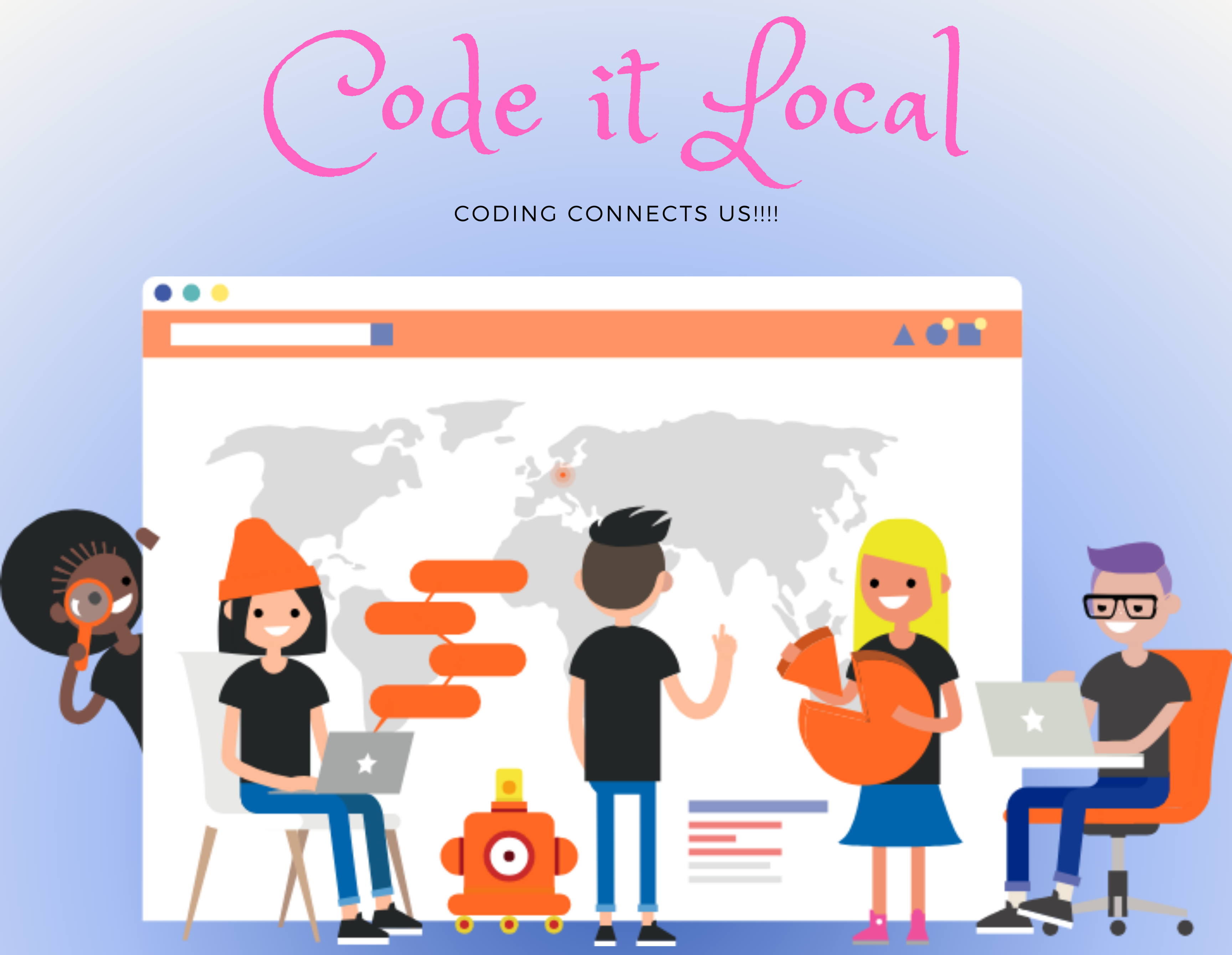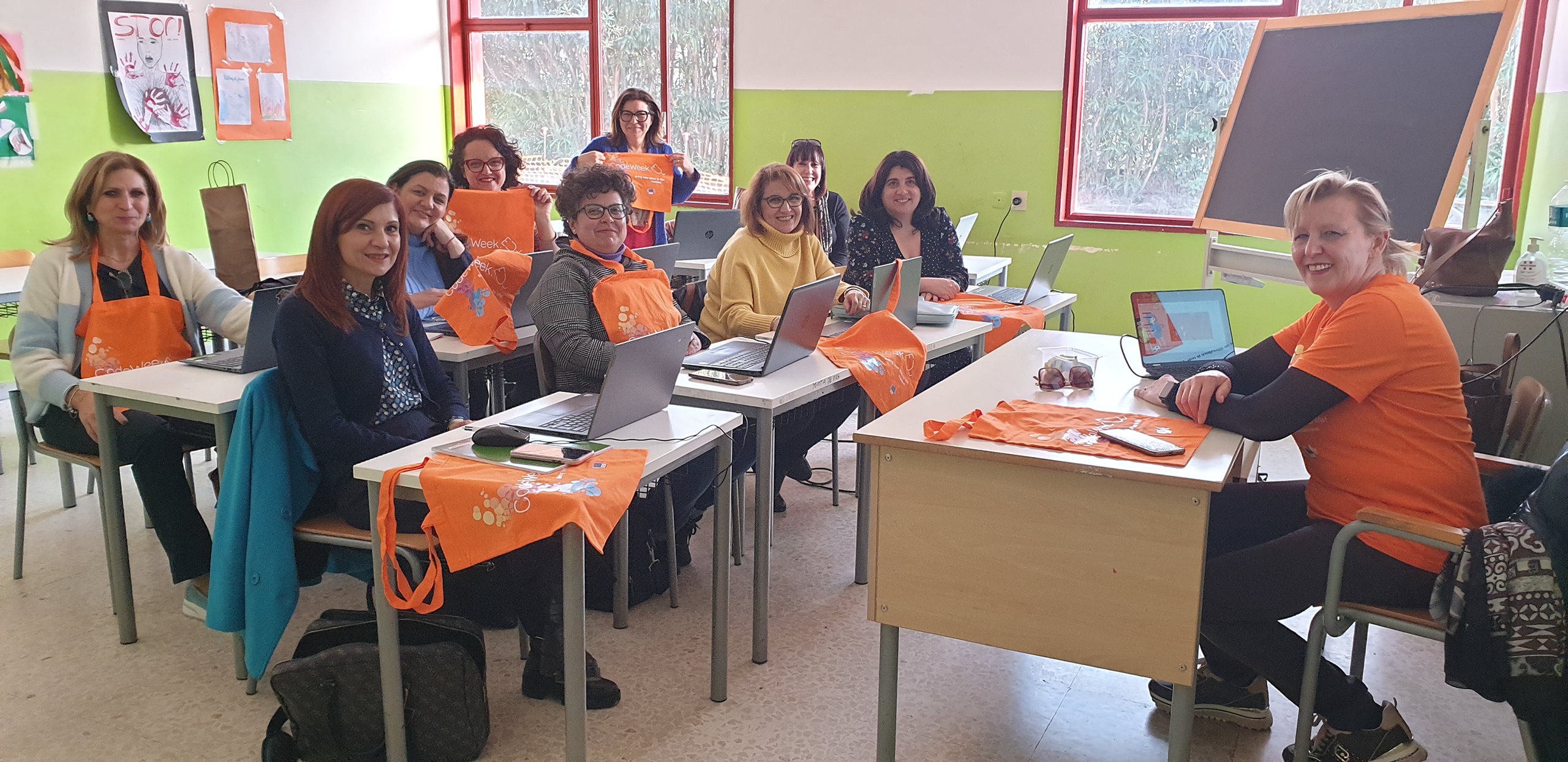Birds of a feather, code together!
Publication date: December 15, 2022
By Lidija Šaravanja, Code Week teacher in Čepin, Croatia
I am an English teacher in a primary school called “Vladimir Nazor”, in Čepin Croatia. Maths and computational thinking together with grammar and logics have always been my secret love, and although my practical skills have not followed my interest and passion for these topics, they always find their way in my English classroom and in the projects.

I am lucky to be able to say that there is a great team spirit in my school, which was always reflected in the way pupils and teachers exchange ideas and learn from one another, sharing their different interests and skills, and contributing their professional and creative development.
For the course called Code Week Bootcamp MOOC, which took place throughout October and November 2022, we have created a team of five teachers – three English teachers from different schools in Croatia, a biology teacher, and IT teacher from my school. Together we managed to overcome language barriers, as we were not all proficient in English, shared the workload, kept ourselves motivated, brainstormed brilliant ideas, and made a great project with our pupils.
We did a good deal of activities before the final project, and we could tell pupils enjoyed every single one of them, because of the way they got involved, that was with unusual effort, passion and commitment and somehow with a different kind of “thinking and doing”. I was especially pleased with the fact that such activities didn’t need any digital device to be implemented, they are in fact called ‘unplugged coding activities’; their sole purpose is to develop logical thinking and coding logics. I find this a great way to get pupils started in creative thinking and understand better about how algorithms can be a solution for many kinds of problem, not only those closely related to digital world – but also the ones that can be applied in the real world!
One of the funniest unplugged coding activities we carried out in my school was ‘dancing the letters’, i.e., spelling words by moving their bodies to the rhythm of the music, using agreed body moves for each letter of the alphabet.
The team agreed that our final project should also be useful for pupils that were outside the project itself. Hence, we came up with the idea to make a tool which could help them become more digitally literate: a chatbot that would lead the interlocutor through the process of deciding whether some news is fake or authentic. We rolled up our sleeves, divided the workload and walked our pupils through every step. They found the sources, adjusted the conversation in two languages and organised it in the algorithm. And they had a lot of fun!
At the end of the MOOC, we were all satisfied and proud of our work, our pupils and ourselves. We all tinkered, coded, learned, and enjoyed every step of the way.


